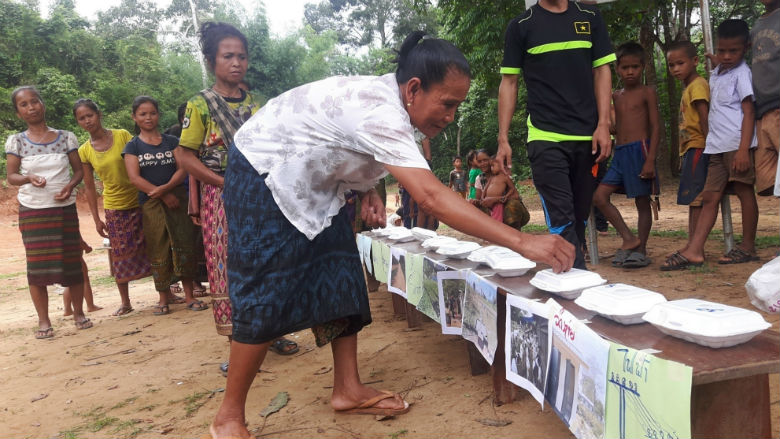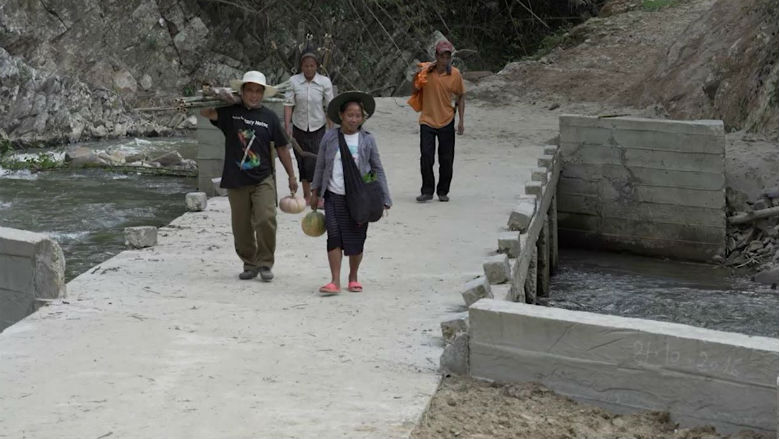Vientiane, Lao PDR – Local development planning in Lao PDR can be a long and repetitive process. It starts with Village Development Plans, then moves to Kumban (or village cluster) Development Plans, and ends with the endorsement of District Socio-Economic Development Plans (DSEDP). In the past, this has resulted in duplication of resources and missed opportunities for collaborations.
While there is an official framework bringing all of these plans together, villages will sometimes develop independent plans without taking into account government priorities or available funding. Plans developed by villages and Kumbans are also usually not well-connected to district plans.
Over the past year, with the support of the Poverty Reduction Fund, the government has tried to strengthen the local planning process by piloting the integration of village to Kumban to DSEDP in selected districts. One key innovation introduced under the pilot is a series of face-to-face meetings between village representatives, local officials and relevant development partners. These meetings allow for more participatory and inclusive discussions on priority issues and trade-offs based on shared information about targets and budgets of each stakeholder.
“This was our first time to present Kumban plans to the district governor and officials on behalf of our villages,” said Linthong, Kumban Coordinator in Xamneua district, Houaphan. “At the meeting, we explained the priorities from each village.”


